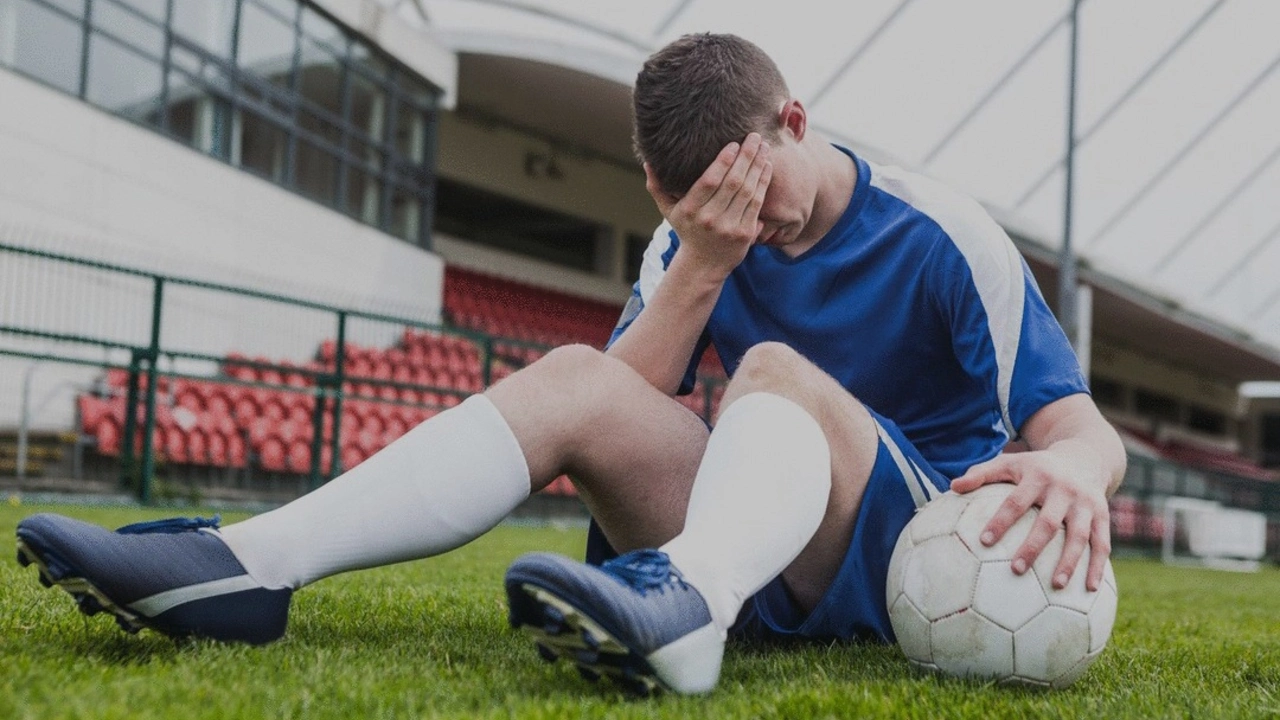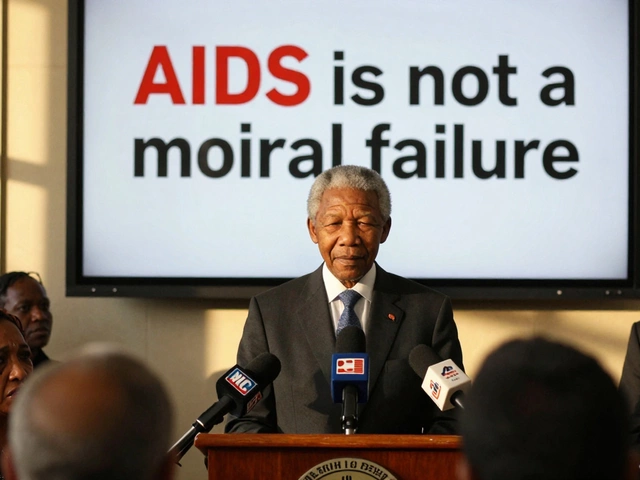What can cause a sudden death in a soccer player?

Understanding the Basics: The Physiology of a Soccer Player
As a soccer player, your body is your tool. It's important to understand how your body works, its strengths, its limitations, and its vulnerabilities. The human body is a complex machine, and it requires maintenance, care, and understanding to function optimally. From the cardiovascular system that pumps oxygen-rich blood to your muscles, to the nervous system that controls your movements and reactions, each part of your body has a crucial role to play on the soccer field.
However, even the fittest, most well-conditioned athletes can be vulnerable to certain health risks. The intense physical demands of the sport, combined with factors like heat, hydration, and underlying health conditions, can sometimes lead to tragic and unforeseen circumstances. In this article, we will explore some of the potential causes of sudden death in soccer players.
Potential Health Risks: The Silent Threat of Cardiovascular Diseases
One of the most common causes of sudden death in athletes, including soccer players, is cardiovascular disease. This can include conditions such as hypertrophic cardiomyopathy (a condition where the heart muscle becomes abnormally thick, making it harder for the heart to pump blood), arrhythmogenic right ventricular cardiomyopathy (a rare type of heart disease that causes the heart muscle to be replaced by fat and fibrosis, causing irregular heart rhythms), and coronary artery anomalies (abnormalities in the arteries that supply blood to the heart).
These conditions can often go undetected, as they may not cause noticeable symptoms until it's too late. Regular health check-ups and heart screenings can help detect these conditions early and possibly prevent tragic outcomes.
Overexertion and Dehydration: The Hidden Dangers on the Field
Playing soccer, especially at a professional level, requires a high level of physical exertion. This can be even more intense in hot, humid weather conditions. Overexertion and dehydration can lead to heatstroke, a potentially fatal condition. This is why it's crucial for players to stay hydrated and take adequate rest during games and training sessions.
Furthermore, overexertion can also lead to rhabdomyolysis, a serious syndrome due to a direct or indirect muscle injury. It results from the death of muscle fibers and release of their contents into the bloodstream which can lead to serious complications such as renal (kidney) failure.
Underlying Medical Conditions: The Unseen Enemy
Even seemingly healthy soccer players may have underlying medical conditions that can increase their risk of sudden death. Conditions such as asthma, epilepsy, or undiagnosed heart disease can potentially be fatal, especially when combined with the physical stress of a soccer game. Regular medical check-ups can help identify these conditions and manage them appropriately.
Concussions and Head Injuries: The Insidious Risk
Soccer is not typically associated with concussions and head injuries like some other sports (such as American football), but they can still occur. A sudden blow to the head, or even a strong jolt that shakes the brain within the skull, can lead to a concussion. In severe cases, such injuries can cause brain swelling or bleeding, which can be fatal.
Proper techniques, protective equipment, and immediate medical attention for suspected concussions can help mitigate this risk.
Performance-Enhancing Substances: The Double-Edged Sword
The pressure to perform can sometimes lead athletes to use performance-enhancing substances. These substances can have a wide range of health effects and can increase the risk of heart attacks, strokes, and other life-threatening conditions. It's important to remember that the short-term benefits of these substances are not worth the long-term health risks.
The Role of Genetics: Playing the Genetic Lottery
Genetics can play a significant role in an individual's risk of sudden death during sports. Certain genetic conditions, such as long QT syndrome and Brugada syndrome, can cause dangerous heart rhythms and increase the risk of sudden cardiac death. Genetic testing can help identify these conditions, but it's not universally available or affordable.
Prevention and Safety Measures: Staying Alive on the Field
While some risks are inherent in any sport, there are steps that players, coaches, and sports organizations can take to minimize the risk of sudden death in soccer. This includes regular medical check-ups, heart screenings, proper hydration and rest during play, immediate attention to suspected concussions, and a strong stance against the use of performance-enhancing substances.
Ultimately, it's important to remember that soccer is a game, and no game is worth a life. By understanding the risks and taking appropriate precautions, we can help ensure that soccer remains a safe and enjoyable sport for all.


